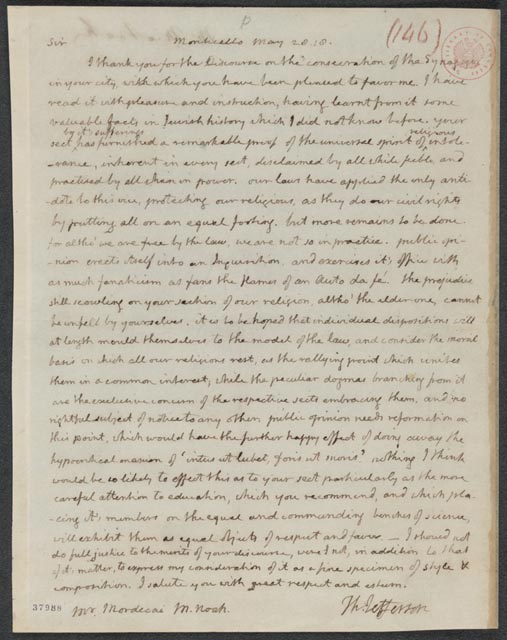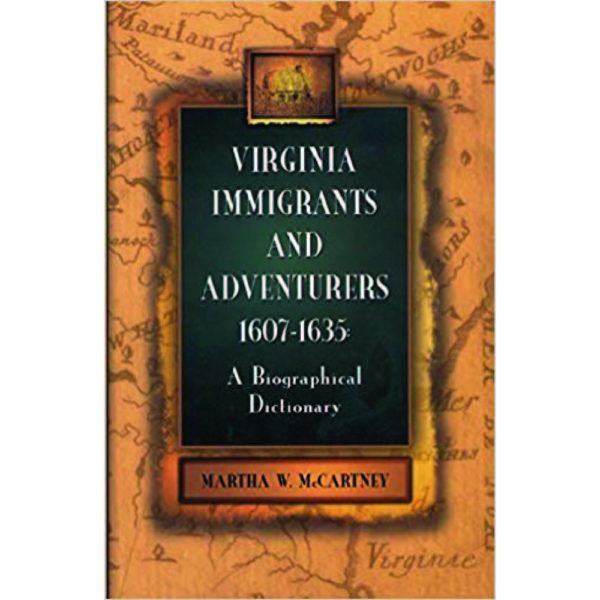

I highly recommend these posts to help build a foundation for understanding terms and writing from the 17th and 18th centuries. The State Archives of North Carolina’s blog post series What Does That Say? provides help with colonial American handwriting, including samples, common name abbreviations, and resources. The great thing about the tutorials mentioned below is that they are all free and provide you with the tools to sharpen your skills at deciphering handwriting. Online tutorials are a great place to start learning about handwriting. Learning more about historical handwriting, and then practicing reading that handwriting, is a must for any family historian. Have you come across a document in your family history research that you are having trouble reading? Not sure what that old will, notation from a handwritten census record, or ancestor’s letter, says? How can you overcome the difficulty in reading older handwriting? Credit: Library of Congress, Prints and Photographs Division.


Grant to his father, from Milliken's Bend, Louisiana, 21 April 1863.


 0 kommentar(er)
0 kommentar(er)
